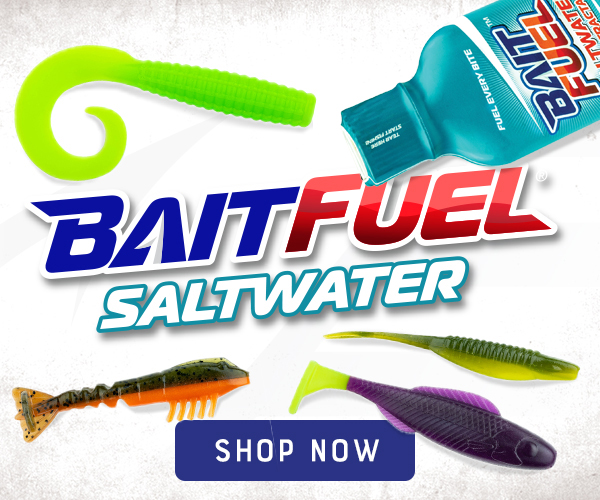
Deploying light tog jigs in deeper water.
For as long as I can remember, a tandem rig consisting of a pair of 12-inch snelled number 5 Virginia hooks and a sinker to send the rig to the bottom was the standard method to catch tautog. As the years sped forward, single hook rigs made of a dropper loop, 6 inches above the sinker with a 6-inch snelled 3/0 Gamakatsu Octopus hook connected to the loop.
Then came the birth of the blackfish jig that came from the lima bean mold ranging from 1/2 to 1 ounce, then painted in either yellow/green, orange/yellow or orange/green. As the jigs gained popularity, manufacturers began producing Football, Banana and Boxing Glove Jigs in chartreuse and orange as well as several tog attracting colors. Both the Football and Banana jigs varies in size up to 10 ounces that was created to fish in deep water and strong currents. However, most experienced anglers including yours truly are convinced that tog jigs over 3 ounces are too awkward to jig, rendering them effective. Besides there are times when lead to 20 ounces is required to hold bottom in the East End of Long Island, Block Island Sound or some of the deeper wrecks off the Jersey Shore just to name a couple of locations. And while the heavy jigs have their times, small tog or monster togs, both have a love for small lightweight lima bean style jigs. Undoubtedly, sending a chunk of crab down on these jigs are the ticket to success in the deep or in the shallows.
To make these rigs I start with a 3-foot length of 60-pound fluorocarbon leader. I’ll run a 1-ounce Lima Bean blackfish jig through the eye of the jig and let it hang from a Dropper Loop approximately in the middle of the leader. On the bottom end of the leader, I will make a Surgeon Knot (loop) just below the Dropper Loop and let it extend down approximately 3 inches. If you prefer you can substitute the Surgeon Knot for a 3-inch loop using a copper or aluminum barrel sleeve that can be crimped on just below the jig. After that is complete, I will take a 6-inch length of 30-pound mono leader and create a 3-inch loop using a barrel sleeve crimping it tightly and will then apply an overhand knot to join the loops together in order to place a sinker through the mono loop. Lastly, I will finish the rig by tying a barrel swivel on the opposite side of the leader via a Double Improved Clinch Knot.
I will have several of these rigs pre-tied with the jigs in several colors to cover all the bases. Simply add the size sinker needed to hold bottom and you’re good to go. The reason for the lighter mono loop is should you become snagged in the obstruction or a big tog decides to dive into a cubby hole, most times you can easily break off the sinker and retrieve the jig and hopefully a bulldog tog. Be sure to have a bunch of mono loops on hand since you are going to need them quite often for fishing sticky structure.



